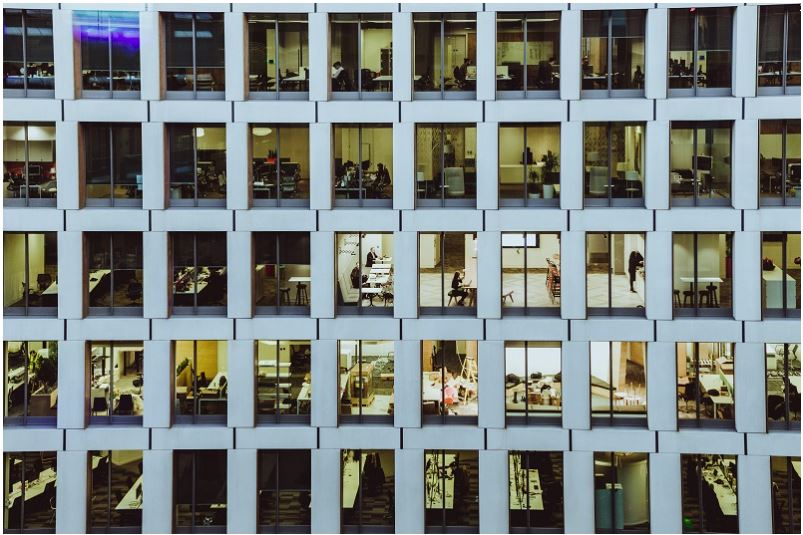Plenty of outdated office buildings dot cities across the country. Their number has only increased since the start of the pandemic: Companies, which are seeing more of their employees work from home, don’t need as much office space. When they do make a move, they’re seeking higher-quality Class-A space, leaving all those Class-C buildings with rising vacancies.
What to do with these unwanted office buildings? Many developers are converting them to apartment units. And according to the latest research from Yardi Matrix, this trend is showing no signs of slowing.
Yardi Matrix reports that the number of apartment conversions jumped by 25% in 2020 and 2021 when compared to 2018 and 2019. These conversions brought 28,000 new rentals to the country during the last two years. That’s a big jump from the 22,300 apartment conversions the country saw in 2018 and 2019.
This increase in apartment conversions has been especially strong in big cities. This isn’t surprising: There’s a serious shortage of apartment units in most major U.S. cities. Demand for multifamily units far outpaces their supply in these metropolitan areas.
What is surprising is how the increase in conversions compares to the rate of growth of new apartment construction. Yardi Matrix found that adaptive reuse apartments grew faster than new apartments by a count of 25% to 10% during that same 2020 and 2021 timeframe.
Office-to-apartment conversions grew at an even faster rate, jumping by 43% during 2020-2021 when compared to 2018 and 2019. In raw numbers, the country saw 11,090 apartments created from former office space in 2020 and 2021 compared to 7,762 in 2018 and 2019.
The number of office-to-apartment conversions in 2020 and 2021 represent an all-time high. Former offices made up 40% of all adaptive-reuse conversions to rentals in 2020 and 2021, again a record high.
“The residential market needs significantly more density in the areas of the largest cities, where the demand is greatest and where the tallest office buildings are located,” said Doug Ressler, manager of business intelligence at Yardi Matrix. “Existing building architecture is the critical starting point. Not all buildings are equally threatened by the work-from-home revolution. Larger office buildings in abandoned central business districts are better suited to conversion than the often-smaller office complexes distributed around the suburbs.”
Washington D.C. leads the nation in the number of apartment conversions, with 1,565 in 2020 and 2021. In the Midwest, Chicago tops this list, with 1,139 conversions during the same period, good for third-highest in the nation. Cleveland came in fourth in the nation with 837 conversions, while Kansas City, Missouri, took the ninth spot with 568 conversions.




